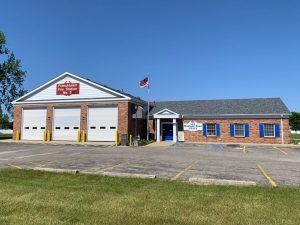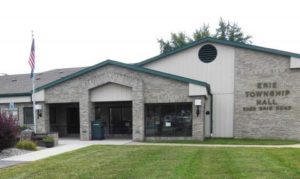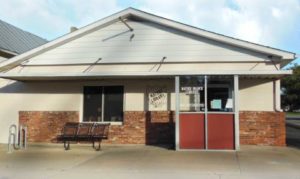Little is known about the early life of Custer’s interpreter Isaiah Dorman. Sources conflict on his birth year and place. It has been written that he was born a free man in Philadelphia, Pennsylvania while other sources state that he was born a slave on the D’Orman plantation in Louisiana or Alabama. Facts prior to 1865 have been murky. It was historian Robert Ege, in his 1966 article, Braves of all Colors, who made the suggestion that Dorman was an escaped slave from an escaped slave wanted poster. It was not until recently that Dr. Lilah Morton Pengra shed more light on Dorman’s background. In her article My Search for Isaiah Dorman she found decisive evidence that Dorman was employed as a body servant of Captain Alfred Sully from Philadelphia, Pennsylvania. Through the Sully connection, Pengra was able to find Isaiah’s father George, a porter at the Library Company of Philadelphia and establish family connections.
Early historians picked up Isaiah’s story in 1865, where Isaiah was hired by the military to carry mail between Fort Rice and Fort Wadsworth. W. Boyes relates in his booklet Custer’s Black White Man that along with employment as a mail carrier, Dorman also was a wood cutter or woodhawk, for the firm of Durfee and Peck at Fort Rice. During this time he married a Santee Lakota woman and was accepted into the tribe. He was able to move freely through Indian country. He was known by many names among the Sioux which include: Azimpi, which means teat and Wasicum Sapa, which means black white man. Dorman’s knowledge of the Sioux language and people provided a natural transition to guide and interpreter for the military. After working for the Northern Pacific Railroad as a guide in 1871, Custer requested Dorman for the Little Big Horn Expedition. Special Order No. 2 was sent on May 14, 1876:
…The Commanding Officer Ft. Rice, D.T. will order Isaiah Dorman Post Interpreter to proceed to this post and report for duty to accompany the expedition as Interpreter – during his absence he will still be borne on the rolls of the Post Quartermaster at Fort Rice.
By order of Brevet Maj. General George Custer
According to author Thom Hatch, Dorman was attached to Reno’s battalion and was killed during Reno’s retreat, not far from where Charley Reynolds died. Even in death Dorman remains a mystery. It is known that the troopers’ bodies were badly mutilated on the battlefield. There are stories made by the Indians that Dorman’s body was left unmolested because Dorman was a friend of Sitting Bull, that Sitting Bull even offered him water but soldiers that witnessed the after effect of the battle state that he was tortured because of his participation with the white man. His body was buried on the field and he is listed on the Battlefield Monument only as Isaiah.
A new, modern day mystery has developed around Isaiah Dorman. Research for this article unearthed a 2013 manuscript titled The Secret History of Isaiah Dorman included in family papers held at the State Historical Society of North Dakota. The manuscript is the story of Irene Gonder, Dorman’s great-great- granddaughter, who claims that Dorman was also Jewish, proven by her genetic DNA markers.
According to an end note to her 2014 article, Identifying Isaiah Dorman, Dr. Pengra hopes to publish the first biography on Custer’s Black White Man and share a history of a man that has been identified but has remained a mystery in life and in death.
The resources below were used in the creation of this brief biography of Isaiah Dorman and can be can be found in the Lawrence A. Frost Collection of Custeriana.
Braves of All Colors: The Story of Isaiah Dorman, Killed at the Little Big Horn, Montana Magazine, Winter 1966
Custer’s White Black Man by W. Boyes
Identifying Isaiah Dorman, Greasy Grass, May 2014
Isaiah Dorman: Custer’s Black White Man edited by Tom O’Neil
Isaiah Dorman: Interpreting the Evidence by Lilah Morton Pengra
My Search for Isaiah Dorman, Little Big Horn Associates Newsletter, November 2008
















